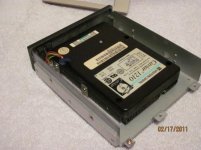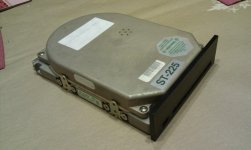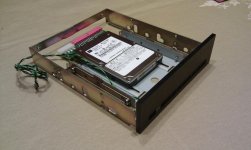Of course you can mix HCT and LS families--that's one of the reasons that HCT exists. Mixing HC can get a little iffy depending on the circui. The big issue is that an HC logic "high" input level is about 3.5V, while an LS and HCT logic "high" input level is about 2.0V. So, if your're driving a bunch of inputs from the same line, HC may not work--but you can get around that by adding a pullup to the HC input.
HC logic works over a wide range of power supply levels; in particular, it's happy as can be at 3.3V, while the same is not true of HCT or LS.
Fortunately, the XTIDE design is fairly conservative, so HC/HCT/LS logic should work just fine. I had some Fairchild 74F573s (somewhat akin to 74ALS logic) and even they worked fine, even if their speed was overkill for the application.
LSTTL family logic really is obsolete; HC and to some extent, HCT logic should be the target for new designs.
If so, AHCT should be the target

But generally speaking all 74* TTL-compatible ICs are obsolete including their CMOS equivalets. Industry no longer uses 5V logic levels, it's all now 3.3V or even less. Having said that, some manufacturers (e.g. TI) still have 74LS devices listed as "active" or "in production".
Beware of issues with replacing TTL (LS/ALS/F) by CMOS (HCT/AHCT/ACT) logic:
1. Performance (propagation delays) of CMOS logic greatly depends on load capacitance, which makes them mostly unusable for bus drivers or transceivers. I personally experienced this issue twice:
- I tried to use 74AHCT245 and 74ACT245 with my XT-IDE board, and both resulted in unreliable operation - it worked (with some glitches) on older turbo-XT board, but it didn't work with an i386 board at all. Replacing it with 74LS245 resolved the issue.
- In my SBC-188 board I was trying to use 74AHCT373 latches, and it caused unreliable DMA operation, so I had to replace them with 74ALS373.
2. Unused input of CMOS devices should be connected to the ground or Vcc.
3. I won't recommend replacing TTL devices with HC/AHC/AC unless you're 100% sure that their inputs come from other CMOS devices (see Chuck's note above regarding differences in input voltage levels).
I recommend testing your board with TTL devices first, and then replacing them with CMOS (one by one).






